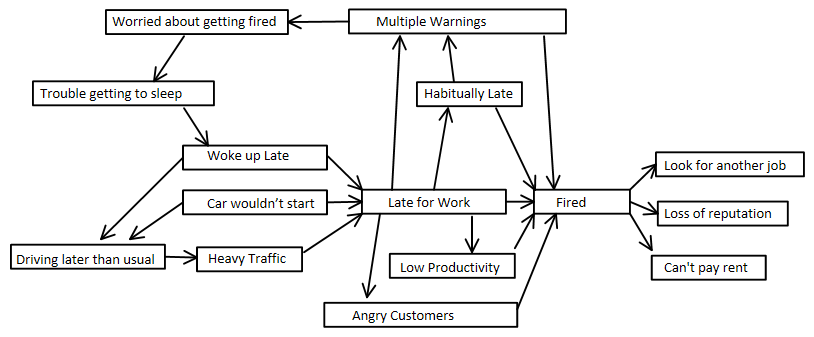If with great knowledge comes great power and opportunity, why is harnessing this knowledge so often ignored?
Harvard Business Review (Staats, Upton, 2011) concluded that “we’ve found that lean principles can be applied in some form to almost all kinds of knowledge work and can generate significant benefits: faster response time, higher quality and creativity, lower costs, reduced drudgery and frustration, and greater job satisfaction.”
Outcomes like that are music to the ears of most CEOs and Boards. Yet a knowledge management strategy is often ignored because it’s mistakenly seen as too difficult, too time consuming or it doesn’t add enough value. Quite simply, decision makers don’t understand the Return on Investment or the benefits from running an efficient and effective business.Read More »Are you ignoring your organisational knowledge opportunity?



